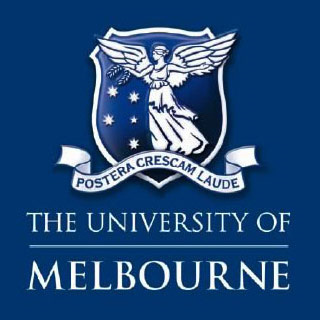
Scientists claim that even the gender of an embryo prior to implantation can be anticipated. The investigation has apparently evaluated glucose intake of embryos from the solution in which they grow in the laboratory. This solution also known as media may be employed by IVF units for giving a bed of nutrients to embryos fertilized in the laboratory, from the eggs and sperm of couples who cannot naturally conceive. It seems that glucose in embryo solution closely matches to that occurring naturally in the uterus. The exact amount of glucose in the solution prior to inserting an embryo was probably known to the fertility specialists.
Professor David Gardner, Head of the Department of Zoology at the University of Melbourne, commented, “By measuring the level of glucose on day four or five after fertilization, we can determine how much has been consumed by a growing embryo. There is clear cut evidence that the greater the glucose intake the healthier the embryo. On average, IVF units generate between eight and ten embryos per cycle, of which about half will progress through cell division to what is known as the blastocyst stage after four to five days. By measuring the glucose consumption of an embryo, we can better determine which the healthiest embryo is for transfer back to the patient.â€
50 patients undergoing IVF were included in the research. Among 32 women who reported a positive pregnancy test after embryo transfer, 28 babies were born. The babies which were born possibly belonged to the embryos with highest glucose uptake. Previously conducted investigations have suggested that the healthiest blastocysts are linked with significant glucose consumption, further pointing out the likelihood of a successful pregnancy. It is known that the glucose in embryo culture media is a vital energy source for cell division and necessary for biosynthesis in cell replication. Researchers observed that female embryos utilize more glucose than male embryos.
The research was presented at the Fertility Society of Australia annual scientific meeting at the Adelaide Convention Centre.
